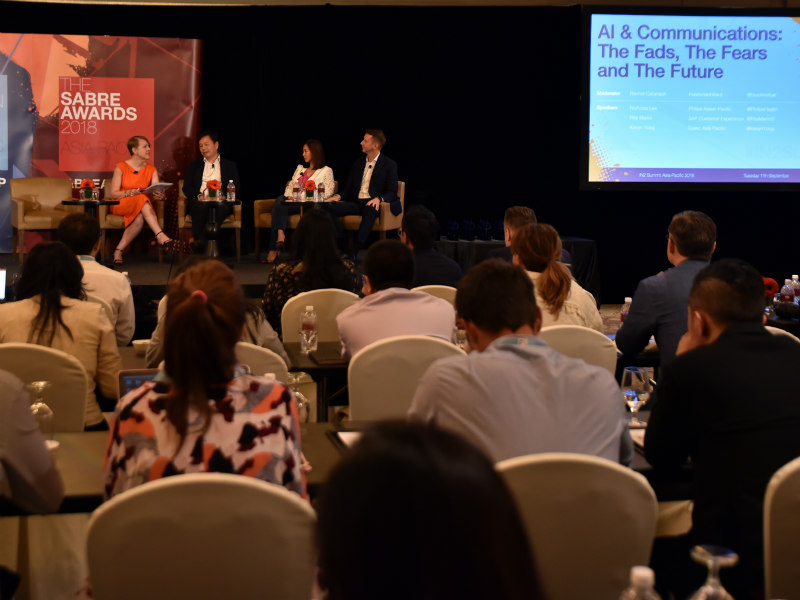Diana Marszalek 12 Sep 2018 // 3:33AM GMT

SINGAPORE — While touting the benefits of artificial intelligence, communicators also have to manage the risks — not the least of which is losing the business’ human touch, a panel of experts said on Tuesday at the fifth Asia-Pacific IN2 Innovation Summit in Singapore.
“The presumption is when we give AI repetitive tasks it frees up time," said Kevyn Yong, an ESSEC Asia Pacific associate professor and associate dean for corporate programs. “But on the other hand we will lose important knowledge.”
AI is not mature enough yet for humans to cede control of certain tasks to the technology, panelists told a packed room of 160-plus attendees. “AI could be used for cancer treatment, it could help. But we will still need a doctor to read it,” Yong said.
That tenet applies to the communications business as well, which faces a range of challenges in using AI – from infringing on consumers’ privacy, and the associated ethical issues surrounding using personal data, to prematurely relinquishing creativity.
"Consumers are willing to share data. They get the benefits … more personalized experiences,” said Rita Marini, SAP Customer Experience’s senior director of strategy & programs for APJ & Greater China. “But brands need to be more diligent in being transparent in how they use the data.”
Brands also have to be accountable for their use of data and AI, as without doing so companies are at risk of being liable in the event of a data breach or other crisis, said Rachel Catanach, FleishmanHillard senior partner and president, Greater China. That includes making sure the individuals handling the data are up to task because, as Yong said, “AI is only as good as the human experts working on it.”
“Defining who is the villain (and the victim) is the new challenge … the data vs. the data experts who may not understand what they are doing with it,” Catanach said. “The truth is somewhere in between.”
Speakers also discussed AI’s effect on the creative process, and whether machinery will ultimately be part of it.
Catanach said, as a marketer, she generally sees AI’s best use is in shaping customer experience, while others believe it should be reserved for doing tasks. But given how the creative process has changed — most notably the demise of traditional agencies coupled with the rise of digital — Catanach said she is starting to doubt that, in turn opening up to using AI for more than doing repetitive tasks.
“What AI does is it takes a lot of the guessing out of this, and perhaps we need to lower a bit our human pride,” she said. “AI allows the human bias to be removed from the creative process, and [can be] used to accelerate the creative process.”
Whether that will hinder creative output because “we will constantly play it safe,” however, is a question to consider, she said.
Yong said he sees AI as “a great tool to enhance human creativity,” primarily by helping communicators better understand and create content for the consumers they are targeting versus doing it for them.
“Ideas still come from something we know,” Yong said, echoing his belief that the capabilities of AI and the people who create and manage it are far different from those still in the throes of figuring out how to best use it to their advantage.
“We haven’t reached the stage where a world-class oncologist is also a world-class coder,” he said.


































.jpg)


















